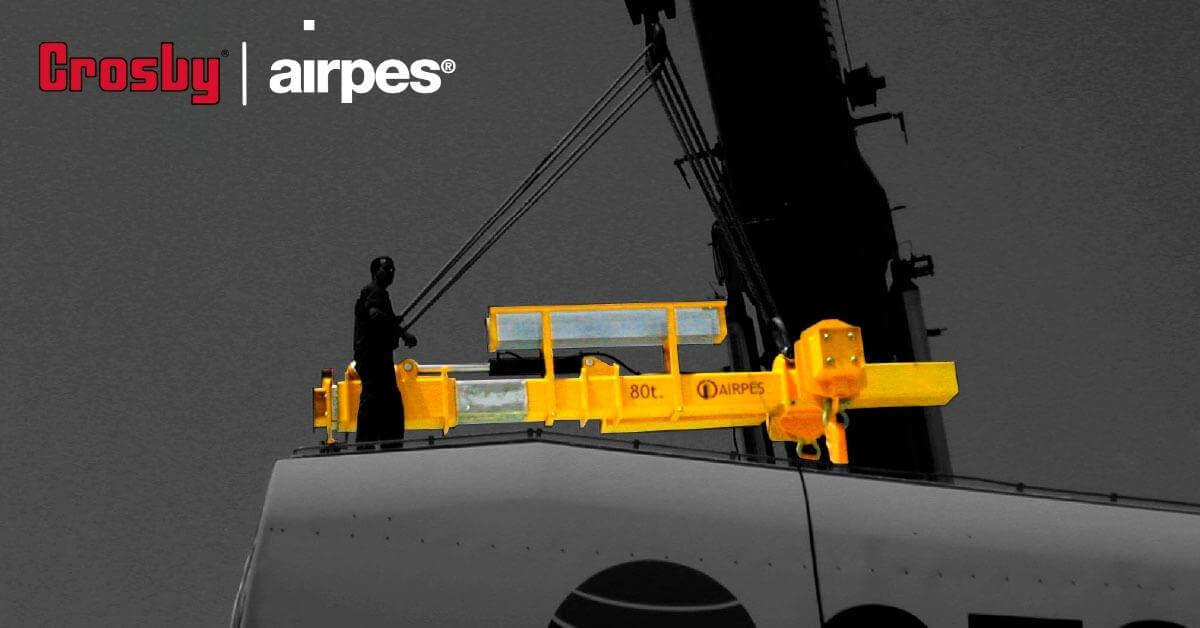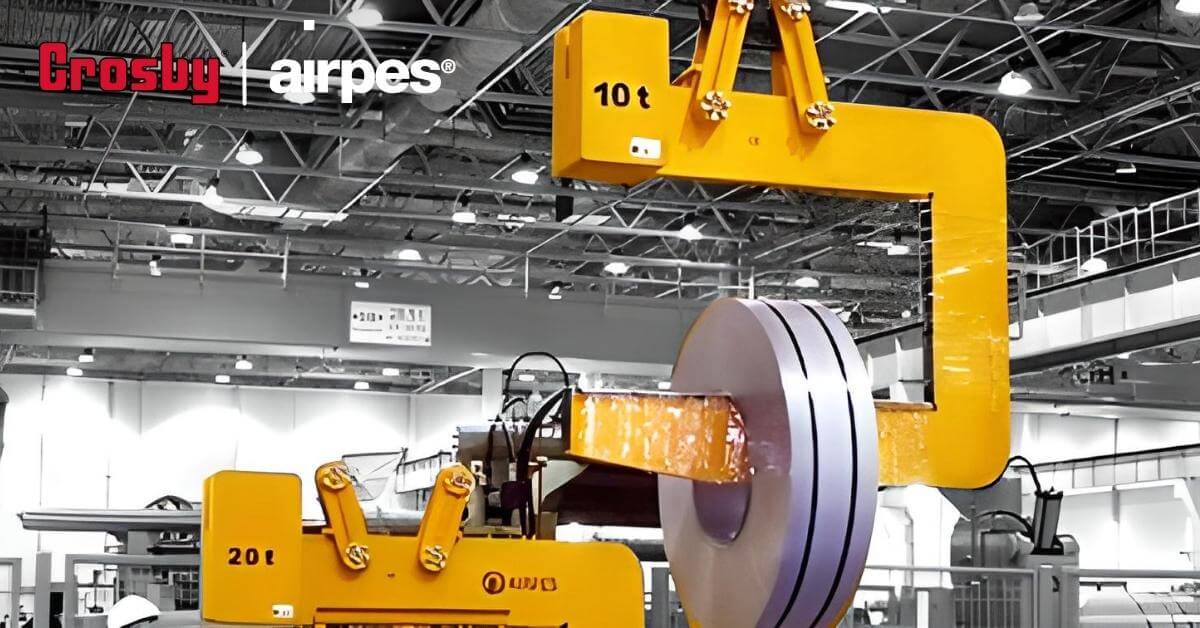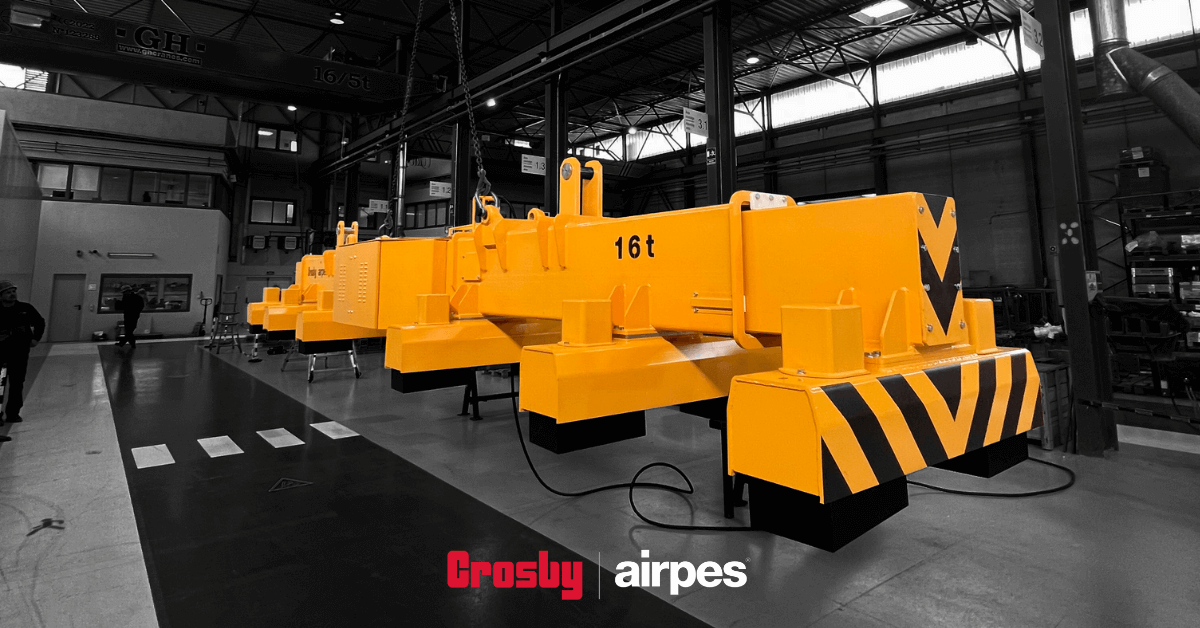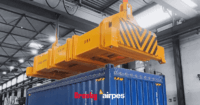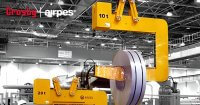Lifting beams are indispensable tools in industries that rely on heavy lifting and material handling. The adjustable lifting beam is a unique and versatile version that allows you to customize its configuration to fit various applications. This comprehensive guide will explore the benefits and features of adjustable lifting beams, different types of adjustable beams, their maintenance, and safety precautions to take while using them.
What is an Adjustable Lifting Beam?
An adjustable lifting beam is a below-the-hook lifting device designed to balance and distribute the load evenly during lifting operations. This specialized equipment has adjustable points, allowing you to modify the beam’s length and width to accommodate different load sizes and shapes. This adaptability makes adjustable lifting beams highly useful in various industries, including construction, automotive, aerospace, and shipping.
Benefits of Using Adjustable Lifting Beams
Versatility
The primary benefit of an adjustable lifting beam is its versatility. These beams can be tailored to fit multiple applications and load dimensions, making them ideal for companies dealing with various types of cargo. This flexibility reduces the need for numerous lifting beams, saving time and resources.
Enhanced Load Stability
Adjustable lifting beams offer improved load stability compared to standard lifting beams. The adjustable points allow for precise positioning and balancing, minimizing the risk of load tilting or swinging during lifting and transportation. This enhanced stability ensures safer and more efficient operations.
Cost-Effectiveness
Since adjustable lifting beams can accommodate multiple load sizes and types, they eliminate the need to purchase different beams for each job. This cost-saving feature makes them an attractive investment for businesses looking to optimize their material handling operations.
Improved Productivity
Adjusting the beam’s configuration allows operators to quickly switch between different load sizes and types, reducing downtime and enhancing overall productivity. Adjustable lifting beams also contribute to a smoother workflow by facilitating the handling irregularly shaped and hard-to-lift items.
Types of Adjustable Lifting Beams
Adjustable lifting beams
At Crosby Airpes, we can design different adjustable lifting beams according to customer needs. These adjustable lifting beams can be designed and constructed in their most basic form or so that they work in semi-automatization.
In addition, we can advise you on the safest way to lift a specific load without prejudice to its stability. We can design adjustable lifting beams that adapt to complex lifting systems.
Extensible lifting beams
Crosby Airpes also offers the possibility of installing extensible lifting beams, which perform the same function as adjustable lifting beams. Still, they do so with the extension of the length of the beam or frame. The beam extension also balances the weights for optimum and safe load lifting. The great advantage of extensible lifting beams is that semi-automatic hydraulics systems do the beam or frame extension mechanically.
This allows the beam to be adapted to very different unbalanced loads in minutes and reduces the need to manually manipulate the load frame manually or by an operator.
H-Beam Lifting Beams
H-Beam lifting or spreader beams use a horizontal H-beam with adjustable lifting points. This design adjusts the beam to the desired width, providing additional stability and flexibility during lifting operations.
Other types of lifting beams
At Crosby Airpes, we have designed hundreds of lifting beams, adjustable or not, that adapt to a company’s or sector’s specific needs, such as lifting beams with motorized rotation or lifting beams with automatic leveling.
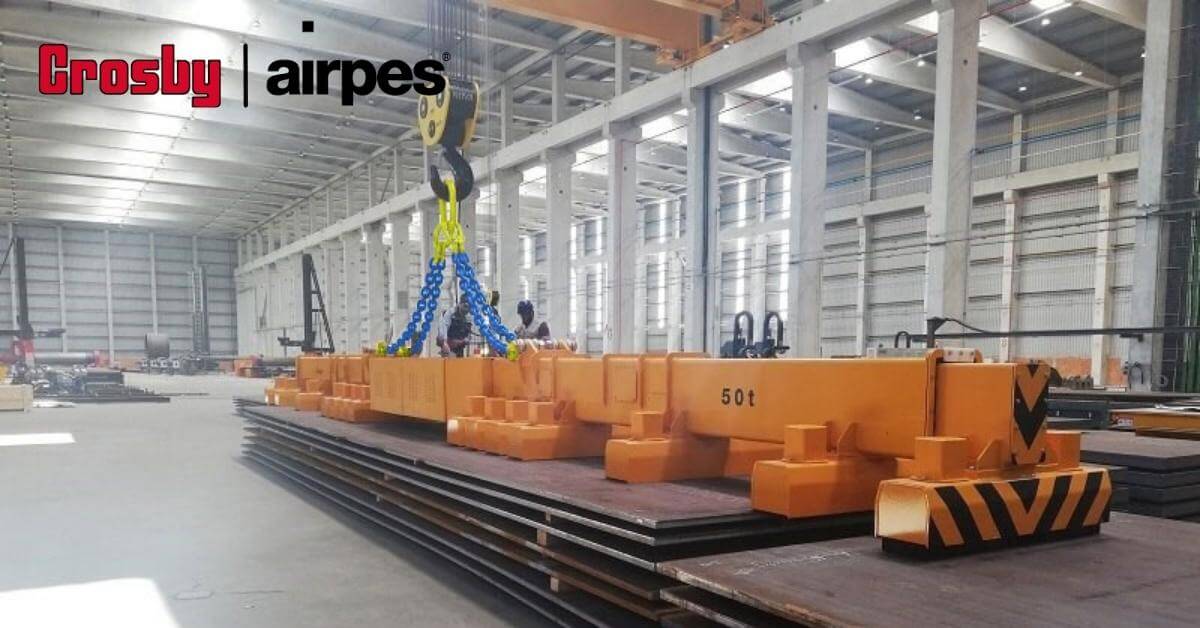
Maintenance and Safety Precautions for Adjustable Lifting Beams
Proper maintenance and safety precautions are essential to ensure the safe and efficient operation of adjustable lifting beams. Here are some guidelines to follow:
Regular Inspections
Regularly inspect your adjustable lifting beam for signs of wear, damage, or corrosion. Ensure all components, such as bolts, pins, and shackles, are in good condition and properly secured.
Proper Storage
When not in use, store your adjustable lifting beam in a dry, clean, and well-ventilated area to prevent corrosion and damage. Avoid exposure to extreme temperatures and moisture.
Load Limit Compliance
Never exceed the manufacturer’s recommended load limit for your adjustable lifting beam. Overloading can lead to structural failure, equipment damage, and potential accidents. Always adhere to the specified weight capacity to ensure safe and efficient operations.
Operator Training
Ensure operators handling adjustable lifting beams are adequately trained and familiar with the equipment’s operation, maintenance, and safety protocols. Proper training can significantly reduce the risk of accidents and improve overall efficiency.
More about Crane Operator Certificates and Courses
Load Balancing
Before lifting, verify that the load is evenly distributed and balanced across the adjustable lifting beam. Uneven loads can cause the beam to tilt, increasing the risk of accidents and damage to the cargo.
Related post: 6 safety tips to handle a lifting beam
Choosing the Right Adjustable Lifting Beam for Your Needs
When selecting an adjustable lifting beam, consider the following factors:
Load Capacity
Determine the maximum weight capacity your lifting beam will need to handle. Choose an adjustable beam that comfortably accommodates your heaviest loads without exceeding its rated capacity.
Control the maximum load capacity with Crosby Airpes’ weight limiters
Adjustability Range
Consider the range of load sizes and shapes you will be handling. Choose an adjustable lifting beam that offers the necessary adjustability to accommodate these variations.
Material and Construction
Opt for a high-quality adjustable lifting beam made from durable materials like steel or aluminum. This ensures longevity and reliable performance in demanding work environments.
Compliance with Industry Standards
Ensure that the adjustable lifting beam you choose meets or exceeds industry standards, such as ASME B30.20 and OSHA regulations. This ensures that the equipment adheres to safety and performance guidelines, reducing the risk of accidents.
Extensive experience in a wide range of sectors
Adjustable lifting beams are essential for industries requiring versatile and efficient material handling solutions. Their ability to accommodate various load sizes and shapes, enhance load stability, and improve productivity make them an attractive investment. By considering the abovementioned factors and adhering to proper maintenance and safety precautions, you can maximize the benefits of using adjustable lifting beams.
Crosby Airpes has designed lifting beams for steel, automotive, construction, wind power, renewable energy sectors, aerospace companies, aviation, and many industries.
Contact us to study your situation and design a lifting beam that adapts to your company’s needs and lifting system.

